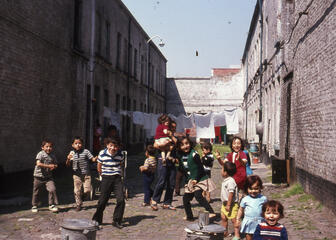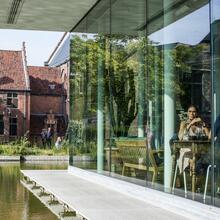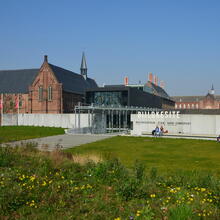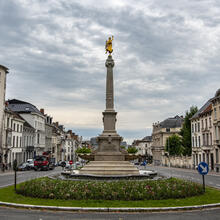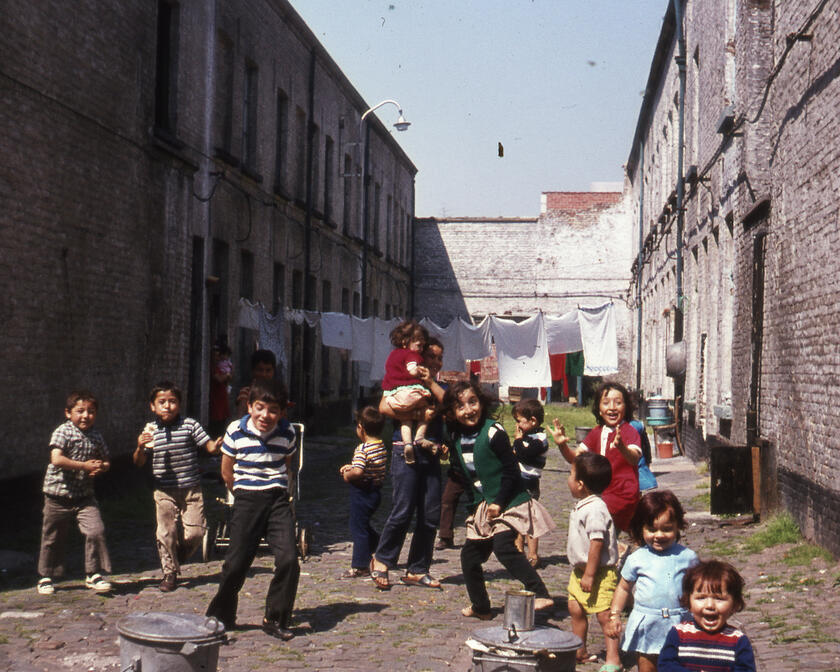
The city gates were once an important part of the city. They were the places where it was decided who could enter the city and who could not, who had to leave the city at night, how much toll you had to pay, who was a “foreigner” and who was a “burgher”. They were also the places where new ideas popped up, where secret meetings took place and where the city grew organically.
This changed after the urban toll system disappeared in Belgium in 1860. All over Europe, the responsibility for policies relating to migration, taxation and justice shifted from the municipal to the national level. City walls and gates disappeared and were replaced by new neighbourhoods, the so-called “poortwijken” (gate districts). These neighbourhoods became colourful arrival points for migrants and dynamic hubs for the city. Ghent has eight of them: Brugse Poort, Rabot, Muidepoort, Dampoort, Heuvelpoort, Kortrijksepoort, Brusselsepoort and Sint-Lievenspoort.
